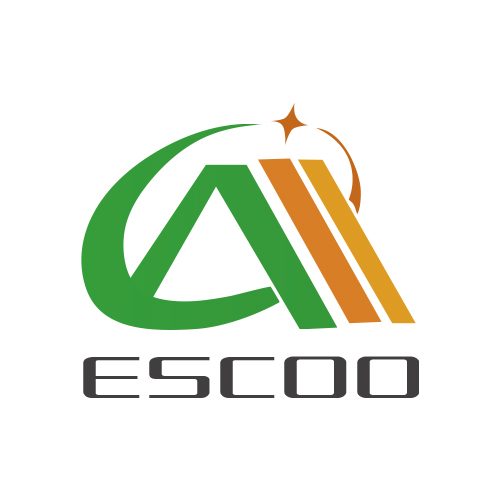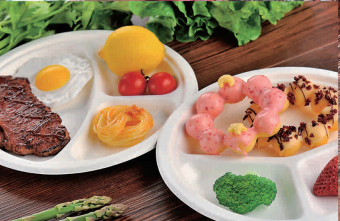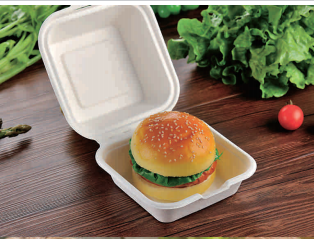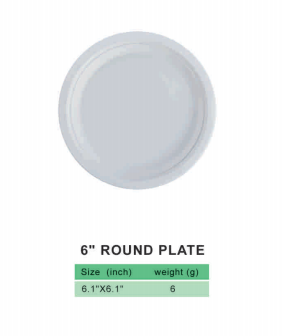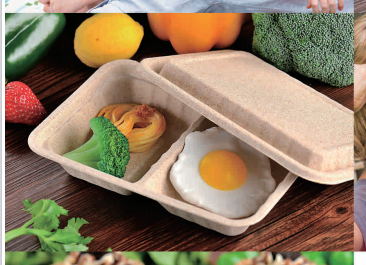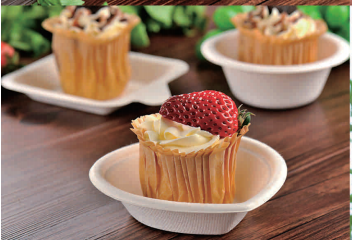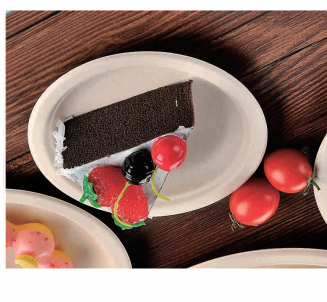Biodegradable lunch box products. About 30% of them are storage boxes and boxes, 19% are packaging boxes and 9% are tableware.
You can choose a variety of biodegradable lunch boxes, such as environmentally friendly, disposable and inventory. You can also choose plastics, bamboo and silica gel. And food, tableware and sundries. And whether the biodegradable lunch box can be microwave heated, heated or preserved. It is mainly located in Asia. The largest suppliers are China, Taiwan and Hong Kong, which supply 98%, 1% and 1% biodegradable lunch boxes, respectively.
Biodegradable lunch boxes are most popular in North America, Western and Eastern Europe.
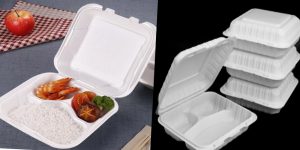
describe
These innovative lunch boxes are made from 100% organic sugarcane, combined with natural adhesives made from plants. It is formed at very high temperatures to form a durable surface that looks and feels like plastic. Keep in mind that these lunch boxes may look like plastic, but they are not. They are 100% biodegradable and natural.
Deal with them with love and care. They will last for many years. When they are eventually discarded in landfills or composts, they will be completely biodegraded within 180 days. Silicone seals are BPA-free and recyclable. They also have EU certification.
Note: If the seal looks tight when trying to remove the lid, lift the green silica gel grain to release air, and then remove the lid.
Biodegradable lunch box size
Is biodegradable better than compostable?
Although compostable and biodegradable materials are usually interchangeable, they do not mean the same. Biodegradable means that Recyclable Kraft products can be decomposed without oxygen and converted into carbon dioxide, water and biomass in a reasonable time.
Are bamboo lunch boxes biodegradable?
It is reusable and biodegradable. No need to worry about toxins seeping into the soil or water. Bamboo is an excellent alternative to plastic, which is not an environmentally friendly product.
Are lunch boxes eco-friendly?
Eco-friendly lunch boxes are better for the planet and the people who make and use them. The use of stainless steel, glass, glass and bamboo materials made of lunch boxes, you will get more environmentally friendly, more satisfactory things to use.
What is a sustainable lunch box?
Eco-friendly lunch boxes are the perfect reusable, zero-waste alternative, durable and washable. Buy plastic-free eco-meal boxes
Does compostable mean biodegradable?
Composting and biodegradability are usually interchangeable. But they are not the same thing. Biodegradable means that products can be decomposed without oxygen and converted into carbon dioxide, water and biomass in a reasonable time.
What is the difference between compostable and biodegradable?
The difference between main compost and biodegradable compost is that the compostable products need to be decomposed in specific settings, while the biodegradable products decompose naturally. Generally, composting is a faster process, but only under suitable conditions.
Why is it true that biodegradable, degradable, compostable products are not recyclable?
That’s right. They cannot be recycled plastic-free food containers because they are not plastic. If they are put into recycling, they may clog up waste streams. Even when plastic is recycled, it must be separated by color. Therefore, when recycling arrives at the sorting facility, if they find items that cannot be recycled (such as compostable appliances) White Paper Box
instead of taking the time to sort them out, they simply send them all to the landfill. It also has a great potential negative impact on recovery flow.
For example, if restaurants offer “compostable” appliances when people take out, their customers are less likely to handle compostable appliances correctly. If they provide them in restaurants and deliver them to industrial facilities, they need a lot of labels to ensure that people put them in compost rather than recycling; and [they need] to sort through recycling to remove any thrown compostable appliances.Recyclable Paper Box Otherwise, the whole batch of recycling may eventually enter the landfill.
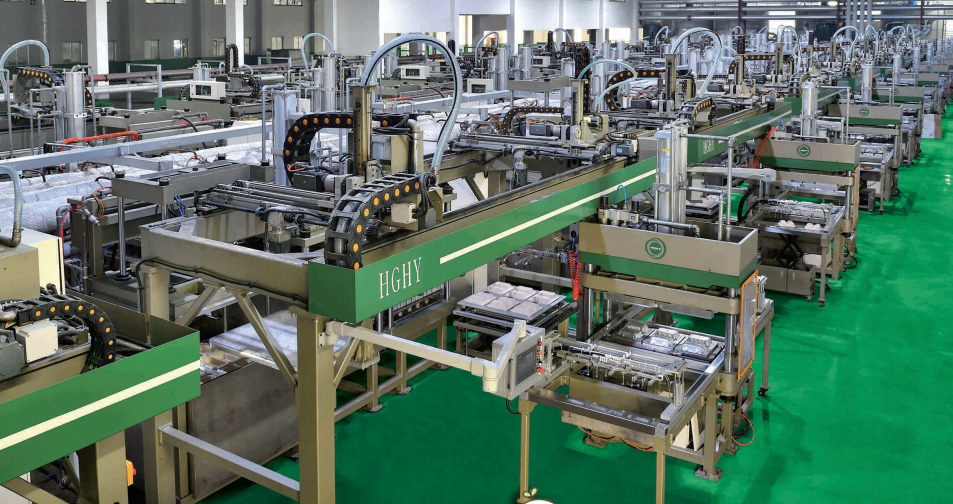
Most compostable tableware is made of corn. Maize is a densely growing annual crop, which is usually grown in a single cultivation system. It must be sown and watered, and soil cultivated. Corn used to make bioplastics is not organic, but also has many pesticides. The end result is that valuable agricultural land is used to make something thrown away.
Then, it deals with the environmental costs and the environmental impact of the resources that first manufacture and transport plastic pollution aversion products.
Ironically, compostable tableware is usually wrapped in non-biodegradable or recyclable plastic film. As a result, there are many costs, including compostable appliances that are more expensive than reusable items that can be washed and used for many years.
What is another misunderstanding about bioplastic tableware?
The biggest problem is that the message it conveys is that we can still live in a one-off economy in both ways. Recycling is similar. Through recycling, people feel that they are making their own contribution to the environment, and what we really need to do is to reduce waste first.
